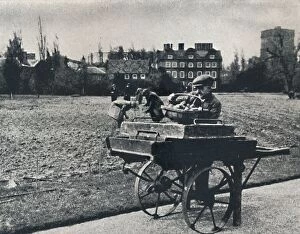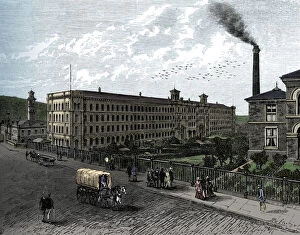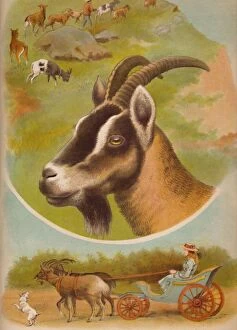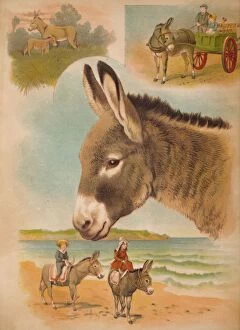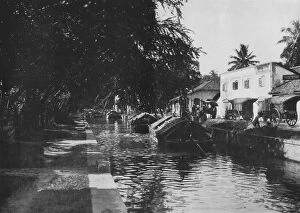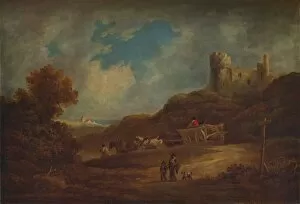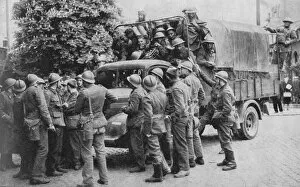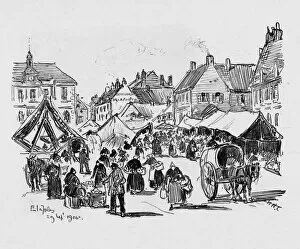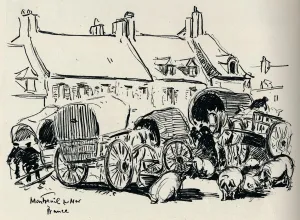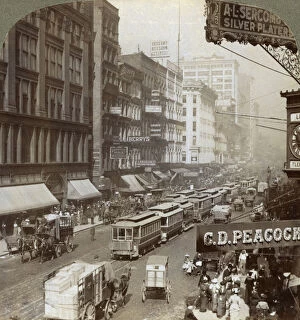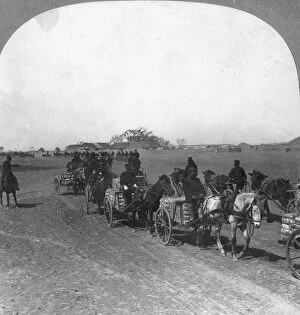Waggon Collection (page 15)
"Waggon: A Journey Through Time and Places" Step back in time to the early 1900s at the Great Western Hotel on Cliff Road, Newquay, Cornwall
All Professionally Made to Order for Quick Shipping
"Waggon: A Journey Through Time and Places" Step back in time to the early 1900s at the Great Western Hotel on Cliff Road, Newquay, Cornwall. This picturesque location was once bustling with activity as wagons rolled through its streets. In England's horse racing capital, Newmarket, the waggon played a vital role in transporting goods and supplies. It was a familiar sight around town, serving as a symbol of industry and progress. The Sentinel Wagon 8393 found its home at HMS Sultan, where it faithfully served the Royal Navy. This powerful machine exemplified strength and reliability during its time of service. Meanwhile, the Sentinel S4 Steam Wagon DKN380 made its mark as a trusted companion to cider makers in Somerset, England. Its robust design allowed for efficient transportation of barrels filled with delicious apple nectar. Traveling further north to Millbank in Westminster, London in 1840 brings us face-to-face with William Parrott's creation - an innovative waggon that revolutionized transport. Its impact can still be felt today. The Sentinel DG4 Timber Tractor ARE195 took center stage amidst lush forests where it effortlessly maneuvered through rugged terrain. Its versatility made it indispensable for timber industries across the country. Venturing into Blists Hill at Ironbridge reveals skilled wheelwrights crafting wooden wheels for wagons that would traverse countless miles across Britain's roads. Their craftsmanship ensured smooth journeys for all who relied on their workmanship. At St Pancras station – a terminus of the London Midland and Scottish Railway – we witness an array of wagons ready to embark on new adventures. The hustle and bustle reflects their importance in connecting people from different corners of the nation. Even art captures moments involving waggons; Louis Leopold Boilly's painting "The Movings" depicts scenes from 1822 when these vehicles were integral to daily life activities such as moving homes or transporting goods.














